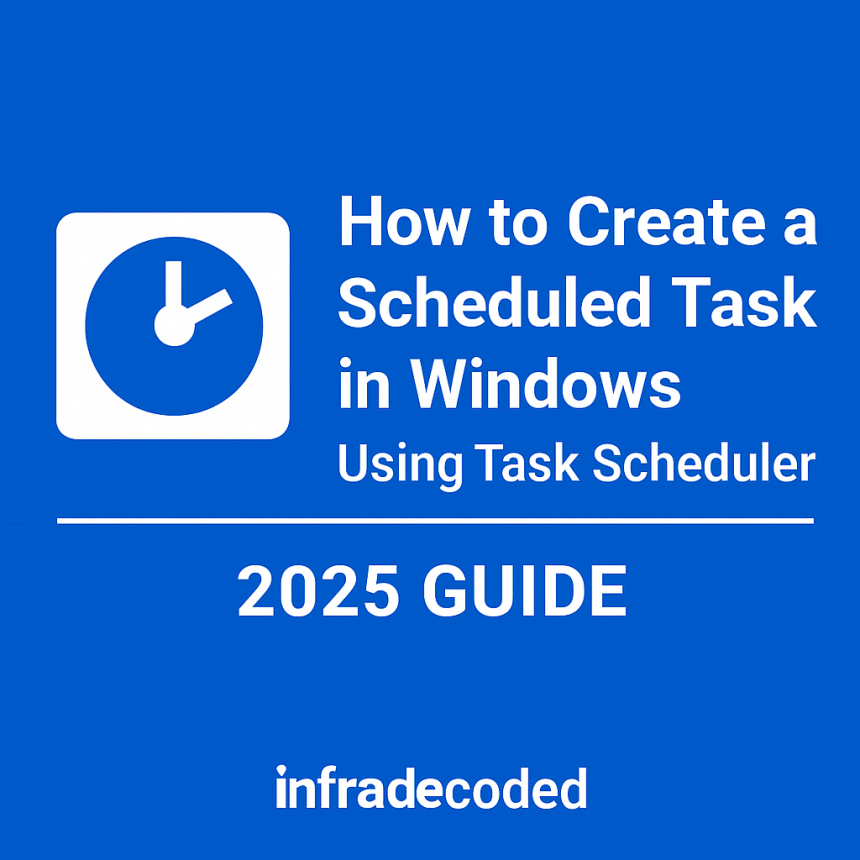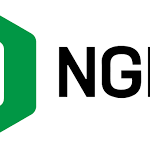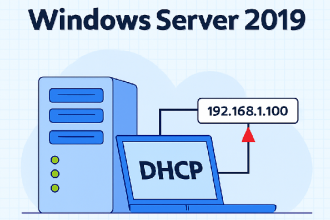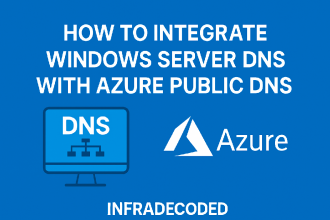How to Create a Scheduled Task in Windows Using Task Scheduler (2025 Guide)
Published: August 2025
Introduction
Task Scheduler is a built-in Windows tool that lets you automate virtually anything — from launching applications to running scripts and backups. In this tutorial, you’ll learn how to create a scheduled task step-by-step using the graphical interface.
Prerequisites
- Windows 10, 11, or Server 2019/2022
- Administrator access
- A script or program you want to run
Step-by-Step: Create a Basic Scheduled Task
Step 1: Open Task Scheduler
- Press
Win + R, typetaskschd.msc, and hit Enter. - Or go to Start Menu > Windows Administrative Tools > Task Scheduler.
Step 2: Create a New Task
- Click Create Basic Task in the right panel.
- Give your task a Name and Description.
Step 3: Set the Trigger
- Choose Daily, Weekly, or When the computer starts.
- Configure the timing according to your needs.
Step 4: Choose the Action
- Select Start a program.
- Browse and choose the executable (.exe) or script file (.bat, .ps1) to run.
Step 5: Finish
- Review the summary and click Finish.
- Your task is now active!
Optional: Use Advanced Settings
For more control, use Create Task instead of Create Basic Task. You can:
- Set user privileges
- Add multiple triggers/actions
- Enable task logging
- Run tasks even when not logged in
Example: Schedule a PowerShell Backup Script
Suppose you have a script located at:
C:\Scripts\backup.ps1Use:
- Program: powershell.exe
- Arguments:
-ExecutionPolicy Bypass -File "C:\Scripts\backup.ps1"
Troubleshooting Tips
| Problem | Solution |
|---|---|
| Task doesn’t run when idle | Ensure idle settings are correct |
| PowerShell script doesn’t run | Set ExecutionPolicy to Bypass |
| Task runs but nothing happens | Check if the script requires admin rights |
Final Thoughts
Windows Task Scheduler is a powerful automation tool that can save time and reduce manual errors. Whether you’re managing servers or desktops, scheduling tasks is a must-have skill for every Windows user.









